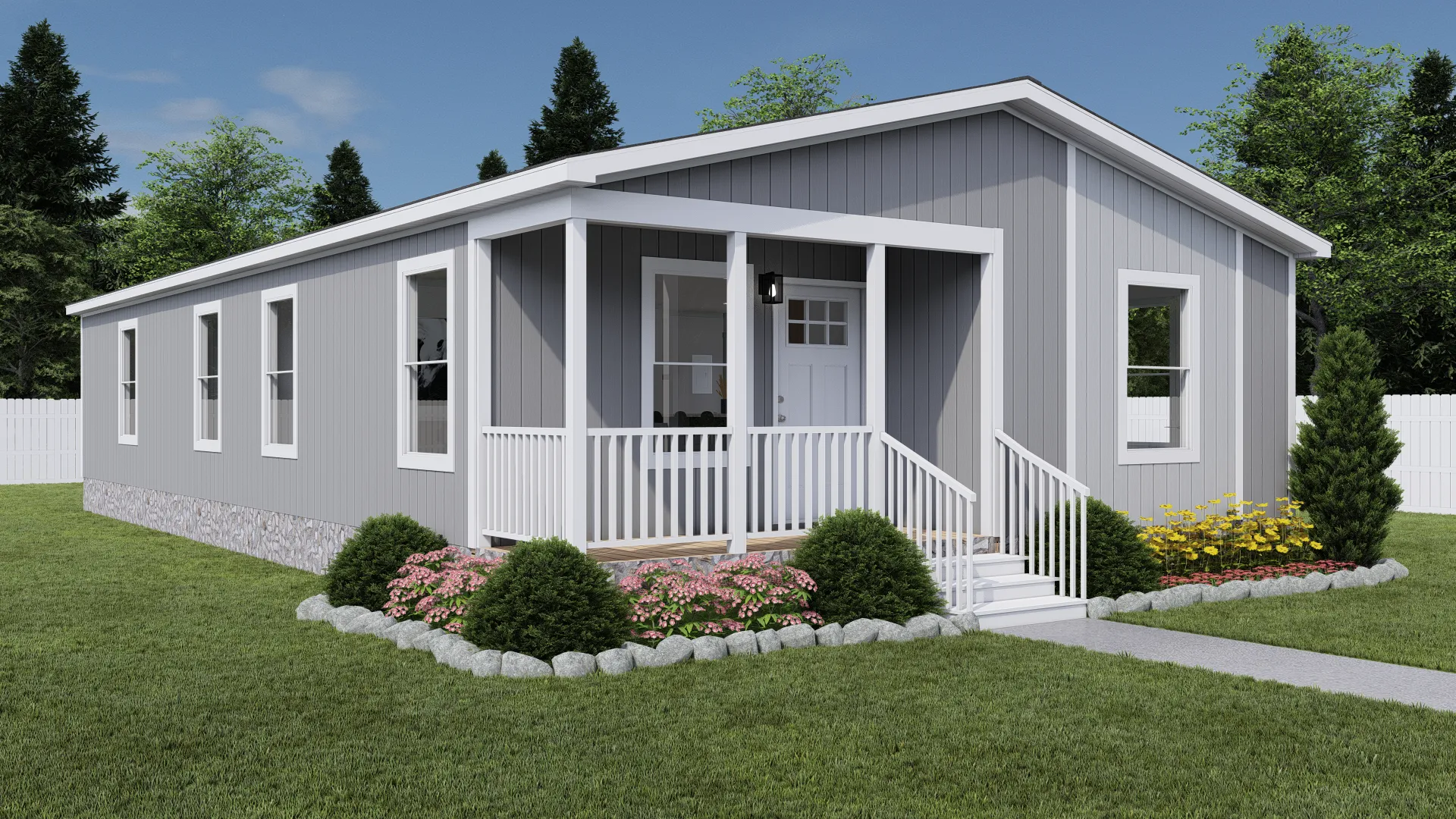
Mobile homes for sale, often misunderstood or overlooked, represent a dynamic and increasingly appealing segment of the housing market. They offer a unique blend of affordability, flexibility, and community living that stands apart from traditional stick-built homes. Far from the simplistic trailers of yesteryear, today’s manufactured homes are sophisticated, well-designed dwellings that can rival, and sometimes even surpass, conventional housing in terms of comfort, amenities, and aesthetic appeal. It’s a pathway to homeownership that caters to a diverse range of needs, from first-time buyers and retirees to those seeking a more adaptable lifestyle.
Decoding the Nuances of the Mobile Home Market
The market for mobile homes, also known as manufactured homes, operates with its own distinct rhythm and set of considerations. Unlike traditional real estate, where you typically purchase both the house and the land it sits on, with mobile homes, you often have two separate transactions: the purchase of the home itself and the lease or purchase of the land. This duality is a core characteristic that influences financing, appreciation, and overall affordability.
Globally, the manufactured housing sector is experiencing renewed interest, driven by factors like housing affordability crises in many developed nations and a growing appreciation for efficient, sustainable living. In Indonesia, for instance, while not as prevalent as in some Western countries, the concept of modular or prefabricated housing is gaining traction for specific applications, such as disaster relief or remote industrial sites, hinting at a potential for broader adoption if regulations and perceptions evolve. Understanding local zoning laws is paramount, as they dictate where manufactured homes can be placed, whether in dedicated communities or on private land. This market is less about sprawling land parcels and more about efficient use of space and smart community planning.
The Evolution of Manufactured Home Design and Quality
Gone are the days when “mobile home” conjured images of flimsy structures. Modern manufactured homes are built in climate-controlled factory environments, adhering to stringent quality control standards set by organizations like the U.S. Department of Housing and Urban Development (HUD) in America, or comparable national building codes elsewhere. This factory-based construction process often leads to superior structural integrity, as components are assembled with precision, avoiding the weather-related delays and inconsistencies often found in site-built construction.
Today’s designs boast diverse architectural styles, from contemporary minimalist to traditional farmhouse, offering a surprising range of customization options. Interiors feature high-quality finishes, energy-efficient appliances, vaulted ceilings, and open-concept layouts that rival those of conventional homes. They come equipped with modern plumbing, electrical systems, and insulation designed for energy efficiency, leading to lower utility bills. The perception of mobile homes as temporary or inferior housing is rapidly being replaced by an appreciation for their robust construction, modern amenities, and increasing aesthetic sophistication.
The Financial Advantage: Affordability and Accessibility
One of the most compelling advantages of mobile homes is their relative affordability compared to traditional housing. The factory-controlled construction process significantly reduces labor costs, waste, and weather-related delays, translating into lower purchase prices. This makes homeownership accessible to a wider demographic, including young families, retirees on fixed incomes, and individuals seeking to escape the escalating costs of urban living.
Financing, however, can differ. While conventional mortgages might be available for homes placed on owned land and permanently affixed, homes in leased communities often require specific manufactured home loans, personal property loans, or chattel loans, which typically have shorter terms and potentially higher interest rates than traditional mortgages. It’s crucial for prospective buyers to explore all financing avenues and understand the implications for their long-term financial planning. Despite these differences, the initial lower entry point often means significantly reduced monthly housing costs, freeing up capital for other investments or lifestyle choices.
The Community Aspect: More Than Just a Residence
A significant percentage of mobile homes are located within manufactured home communities (MHCs) or land-lease communities. These communities often provide a unique lifestyle that blends independence with shared amenities and social interaction. Residents typically own their home but lease the land it sits on, paying a monthly lot rent that often includes services like trash removal, water, and access to communal facilities.
These amenities can be extensive, ranging from swimming pools, clubhouses, fitness centers, and sports courts to organized social events and landscaped common areas. This communal living fosters a strong sense of neighborhood, providing opportunities for connection and shared experiences that might be harder to find in scattered residential areas. For many, particularly retirees or those seeking a close-knit environment, the community aspect is a primary draw, offering security, shared resources, and a ready-made social circle.
Strategic Placement: Siting Your Mobile Home
The placement of a mobile homes for sale is a critical consideration. If you own private land, you have the flexibility to site your home exactly where you choose, provided it adheres to local zoning and building codes. This offers maximum privacy and the ability to integrate the home into a larger property, perhaps with gardens, outbuildings, or expansive natural surroundings.
Alternatively, if you opt for a manufactured home community, you’ll select a specific lot within that community. Here, factors like proximity to amenities, views, and orientation relative to the sun become important. While lot rent is a recurring cost, it often includes essential services and maintenance of common areas, simplifying homeownership. Understanding the terms of the land lease agreement is paramount, including rent escalation clauses and community rules, to ensure it aligns with your long-term living plans. The choice between private land and a community often comes down to a balance of independence versus convenience and shared resources.
